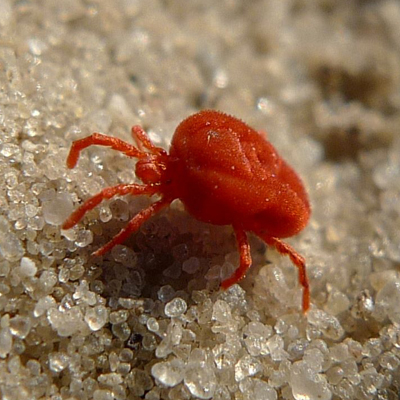
CLOVER MITES DESCRIPTION
These mites are smaller than a pinhead, usually bright red, and have front legs that are as long as the body and much longer than the other six legs. They characteristically extend forward from the body.
Biology
Adults lay eggs in cracks in concrete foundations, between walls of buildings, and on the underside of basal bark on trees. The mature mites frequently spend the winter in the exterior of houses. They are inactive during cold weather as well as during the very hot weather of mid-summer. During even brief periods of warm weather, they migrate both to the outside walls of the house and to the inside, particularly on the south side of the building since it may be much warmer close to the building than the surrounding air temperature. They usually are noticed around windows, but they may soon overrun the entire home. Heavy migrations into the house are common both in the early summer and in the fall. The clover mite does not feed exclusively on clovers. It attacks a number of grasses and certain other plants found in yards. Its migration into homes is triggered by population pressures or by the onset of unfavourable feeding conditions that may occur during periods of drought or at the onset of cold weather.
Habits
The clover mite often becomes a serious household pest, especially in situations where new lawns have been established and where there is a heavy growth of succulent, well-fertilized grass close to foundation walls. They often occur in extremely large numbers, and although they do not bite man or cause any damage indoors, they are extremely annoying and leave red stains when crushed.
Control Methods
Satisfactory control of clover mites depends very much upon the thoroughness of the application of the toxicant. Although these mites may be kept away from a structure by placing a plant free band of pea gravel or coarse sand 18-24 inches wide around the foundation, this is not generally a means of control that is acceptable to the homeowner.
A number of toxicants are quite effective for clover mite control but these must be applied to a band of lawn area 20 feet wide around the house as well as to the foundation and outside walls of the building. The secret of success seems to be a very thorough treatment. Suitable toxicants include malathion, cholorobenzilate, diazinon, and dursban. For indoor control, the use of a residual insecticide is effective. Treatments should be made to baseboards, around windows, the area between the screens or storm windows and the sash, and other entry points.
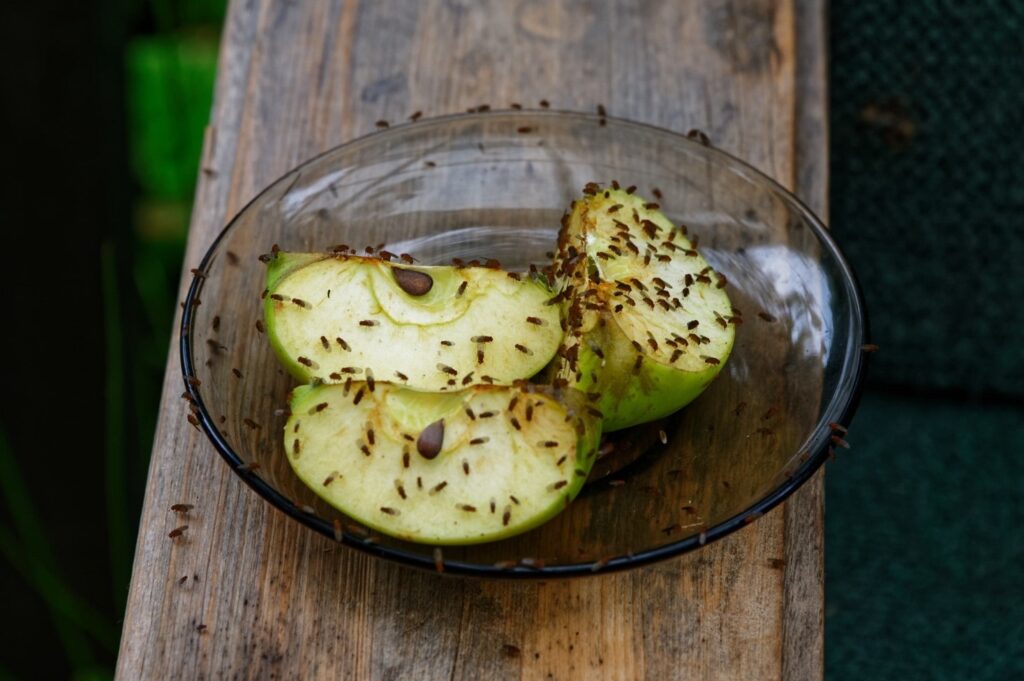
How to get rid of fruit flies in your house
Are you troubled by pesky fruit flies swarming your kitchen counter? Here’s a handy guide to clearing them out for good. Find the sources First, find and eliminate any potential source of your infestation. Decaying fruit is the fruit fly’s ideal breeding ground, but it’s not the only one. These clever critters can breed in…
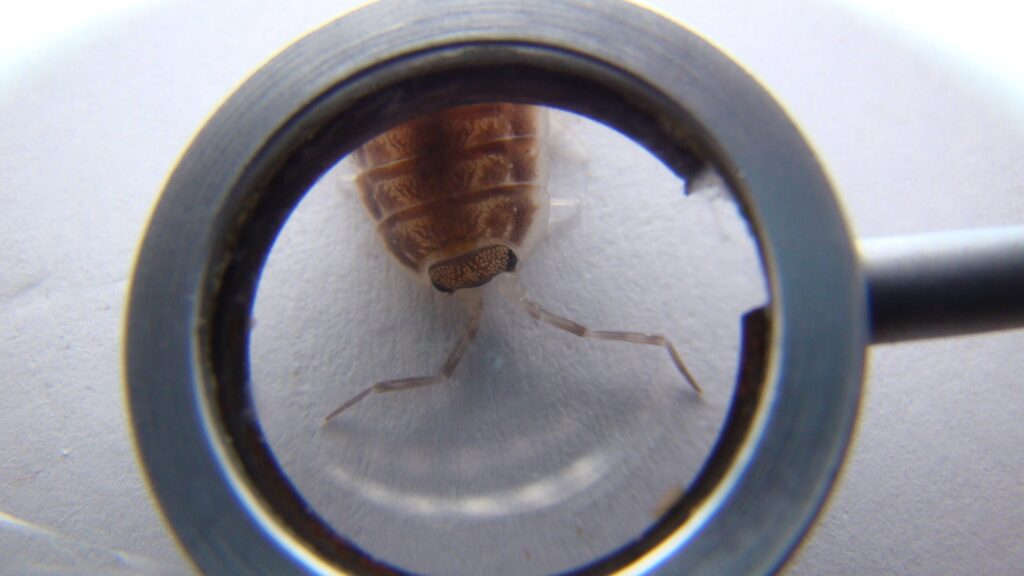
How to get rid of sowbugs in your house
Sowbugs, also known as woodlice, are isopod crustaceans, a relative to shrimp, krill and even barnacles. Sowbugs are often slate grey (but can be other colours) and have an oval body with ridges across their backs. They have seven pairs of legs, a couple of antennae and a pair of tails at the abdomen. They’re…
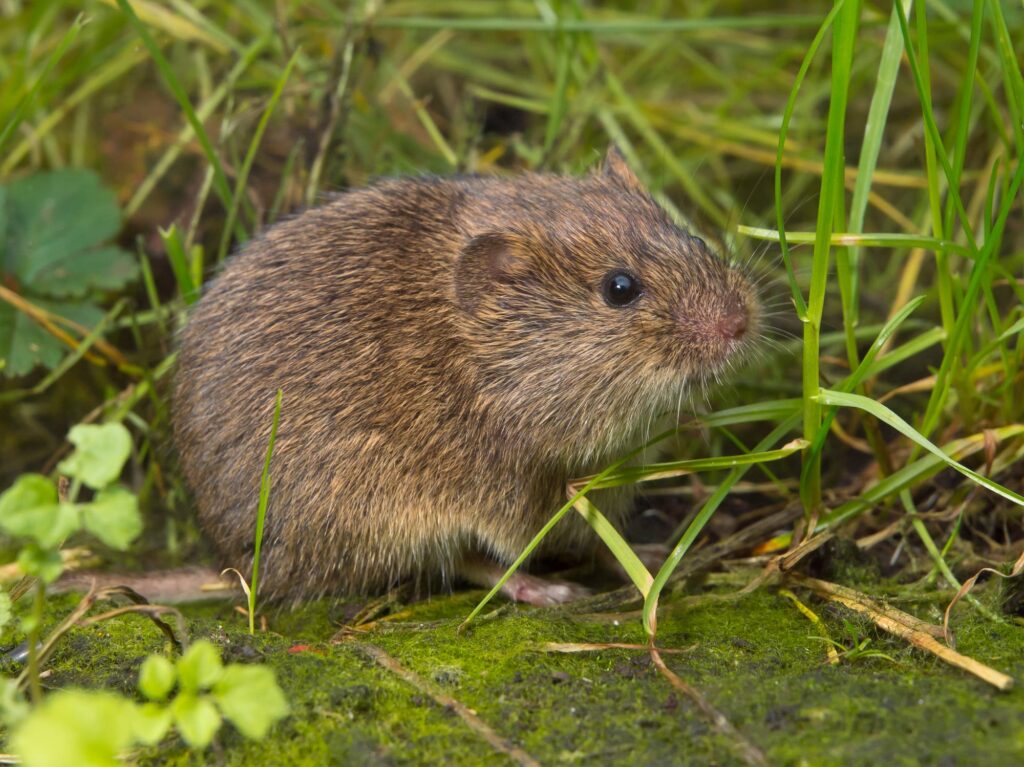
Gophers, voles and ground squirrels: when and how to get rid of burrowing rodents
Wondering what furry little critter has been digging through your garden or fields? To help you bring that damage under control, you need to figure out which burrowing rodent is responsible. Here’s a guide to help you determine which pest you’re dealing with and some effective commercial solutions. Gophers Canada has at least two different…
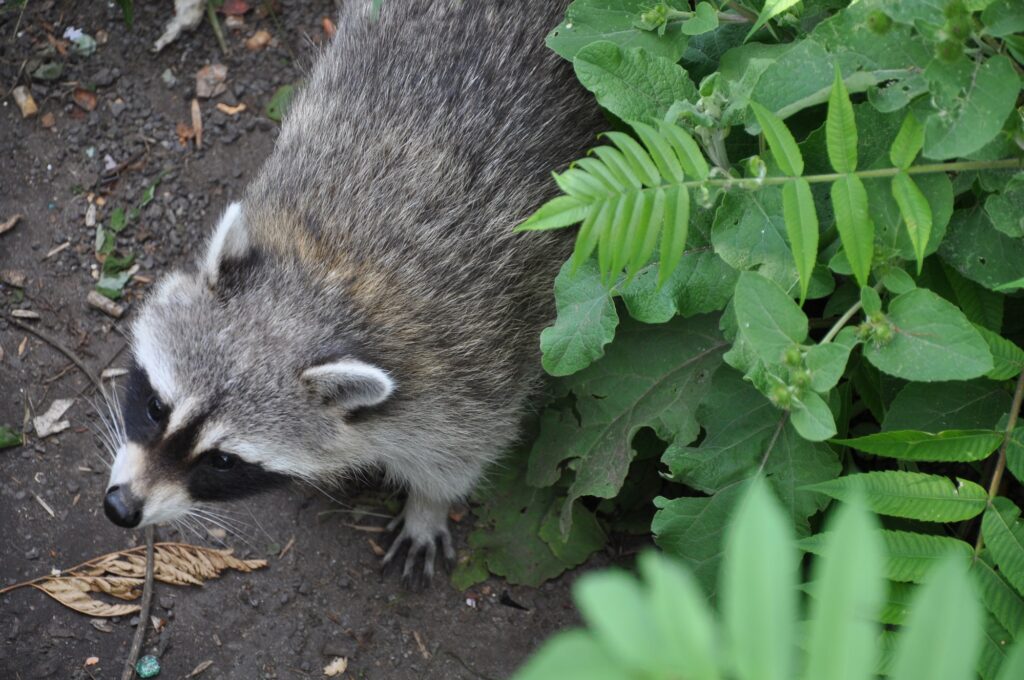
What’s digging up my yard? Skunks or raccoons?
Do you see signs of vandalism in your yard and suspect it to be the work of some furry culprits? Skunks and raccoons are particularly active in the fall when they’re bulking up for winter and in spring when they’re at their hungriest. Here’s a guide to help you determine what kind of pests you’re…

